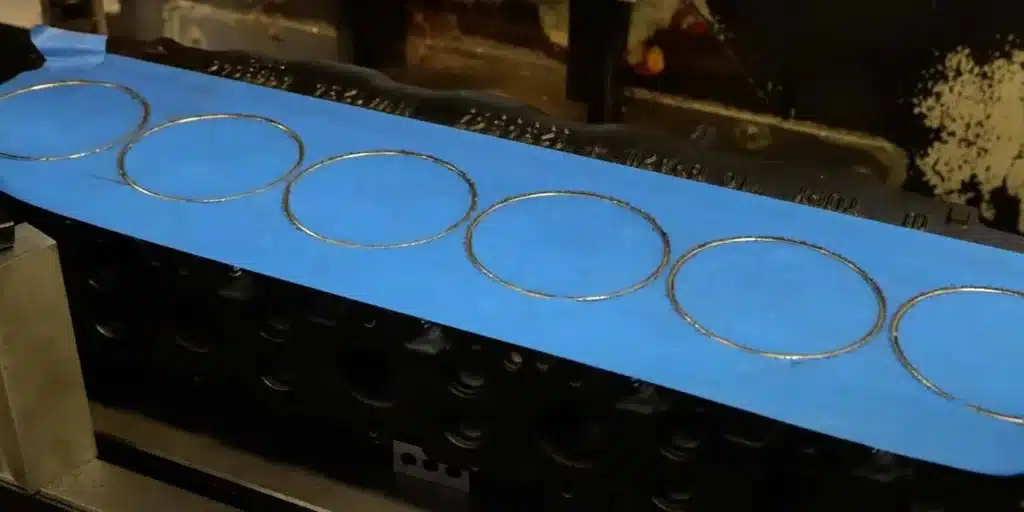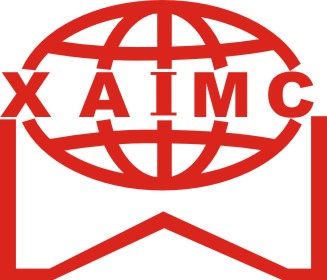Fire Rings for a Better Sealing Diesel Engine
As the typical diesel engine continues to see more performance, a simple job like fire ring installation can go a long way toward keeping your engine together and working properly.
By Greg Jones
Published:

The modern, light-duty diesel engine has gone through a number of advancements and changes within the last five years. Obviously, OEMs have changed certain aspects to meet emissions requirements, but the aftermarket has also brought about changes that have allowed for better performing diesel engines. One of those advancements has been the introduction of fire ring technology to an engine’s head and block surface for a better seal against combustion pressures.
Related Articles
As the performance of diesel engines continues to improve in leaps and bounds, and horsepower and torque numbers climb higher, the combustion pressures that need to be sealed are getting greater as well. While fire rings are not super new, the use of them and the need for them has increased significantly due to those aforementioned performance gains. What is commonly known as o-ringing in the gas world, or fire rings in the diesel world, helps eliminate head gasket failure.

“We do the same thing for 300 horsepower that we do for 3,000 horsepower,” says Todd Emmert of Scheid Diesel. “We’ve been doing this for over 18 years on the CNC. A lot of the industry does it a little different. We kind of piloted the radius groove program. We have the factory head gasket and we cut out the factory ring and then insert a steel ring. That steel ring has got a special heat treatment to it so that we can provide the right amount of crush that allows that head gasket to seal up your water. It applies more pressure to hold those combustion pressures. When a guy plans to use a little bit more boost or a little bit more fuel, we’re able to contain that.”
As mentioned, the gas world often refers to this practice as o-ringing the cylinder head. The difference from o-ring technology to fire ring technology is namely the size of the ring being used.
“A fire ring is typically a .105” or bigger wire that is holding the combustion and the compression in,” Emmert points out. “O-rings came over from the gas market, which is using the factory ring that’s in the gasket and inserting a steel wire that’s .040” and you’ve got a protrusion of maybe .010” or so and you’re going to press that very fine wire down into that factory combustion ring. That has an application for sure, and that works for people. Fire ring technology fits us for what we’re doing here.”
When fire rings first came about, they were a square-cut ring and they were notorious for having issues. Today, fire rings are radius-cut and are a complete circle, helping to eliminate those earlier issues with sealing.
“In my experience, those problems have gone away when properly installed,” says Josh McCormack of Horsetorques Diesel. “You’ll rarely see a problem with fire rings going bad or needing to be retorqued these days.”
Today, it’s not uncommon for guys to make 1,000 horsepower using a stock MLS head gasket. Most guys might experience their first head gasket failure either when they start messing around with nitrous, or when they use compound turbos. Due to the nature of most diesel customers looking for performance, those folks should be made aware of the fire ring process and how it can help them immediately, or down the road.
There’s generally three ways to install fire rings into your diesel engine – in the head, in the block, or half and half. Each requires some slightly different machine work and tolerances.
“There are people that do it half and half, but we do it in the head only,” Emmert says of Scheid Diesel’s method. “We’re able to make this work with just doing it on one side. It’s more simplistic for the customer and you don’t have to necessarily fight setting up two things, and it’s a little more efficient and less costly for the customer to just work on one side, whether it be the block or the head.”
Generally, if you do the fire ring setup half and half, you’ll want the rings recessed in the head .018”-.019” and in the block .018”-.019”. If you install the fire rings just in the head or just in the block, you’ll want the recess to be cut .036”-.038”.
“It seems most guys do the setup all in the cylinder head,” McCormack says. “However, if you’re getting a fully built engine, that’s when doing it half and half is easiest because everything is already apart. Right around 1,200 horsepower is when I typically urge people to setup the fire rings half in the head and half in the block. But again, if you’re using 14mm studs, you can get away with only being in the head or in the block for longer.”

To install fire ringed gaskets properly, you install the cylinder head onto the truck with the head gasket and torque the studs. Then, start the truck and run it until the oil temperature on the filter reads 170-180 degrees F.
“It may take 15 minutes, especially if it’s cold outside,” McCormack notes. “Once it reaches that temperature, you need to do a hot retorque. Doing that retorque, you might get half a turn or three-quarters of a turn out of the head studs. Let the truck cool back off, and from there, you are safe to put coolant in.
“After that, you’ll do one more hot retorque. I usually tell people to drive around at half throttle or two-thirds throttle and then do that second hot retorque. The most common thing I see people do incorrectly when installing the fire ring gasket is they’ll add coolant right away. When you have this stainless ring sitting between the head gasket, the head isn’t actually fully clamped down. On the initial torque, you’re only getting .005” or .006” crush. You’re shooting for .012”-.015”, so the ring is still holding the head up a little bit. When the truck starts running with oil pressure and coolant pressure, the oil and coolant can actually mix because the head hasn’t crushed enough to seal on the gasket. The ring will hold compression, but those other surfaces are still somewhat exposed.
“After that first hot retorque, the head is safely sealed on the gasket, and that oil and coolant won’t mix. That’s one of the most common issues. The only other thing I’ve seen guys have issues with is misaligning the fire rings when being installed in the grooves and super glued on the head.”
Something else to note if you’re fire ringing your engine, be aware of what head studs you utilize. Not every head stud will have the proper clamping force to properly crush a fire ring.
“An ARP 625 stud or L19 stud are both great ways to crush fire rings properly,” McCormack says. “Also, if you’re not using 12mm studs and instead using 14mm studs, something like an ARP 2000 stud will crush the fire ring. In either case, you’re looking to deform the fire ring in the groove so they can’t spin. That was the problem with the square-cut rings because they never got pinched hard enough and were able to rotate. Once they start to rotate, that’s when compression can work its way around.”

Every truck makes power differently, but what fire rings are really fighting is cylinder pressure. Cylinder pressure can only be accurately monitored through a cylinder pressure gauge. Most people don’t have that, so people tend to work off of the boost number.
“If I make 40-lbs. of boost on a stock turbo, I might make 500-550 horsepower,” he says. “If I make 40-lbs. of boost on an S472 or S476 turbo, that might be 1,000 horsepower, and you’ll likely have a ported head and a better cam, so that boost number really makes horsepower deviate.
“Generally speaking, torque is a bigger factor in blowing a head gasket than horsepower is. The other factor to think about is how the customer is going to be driving and using the truck. Most guys who tow or are using the truck for work are easier on the vehicle than the folks who are looking to race or pull or do performance-oriented things with it.
“If you’re going to use compound turbos, then you should fire ring the engine. If you’re going to spray a lot of nitrous, then fire ring the engine. If you’re only chasing 500-700 horsepower and it’s more of a daily driver or work truck, then you might not need fire rings. But, if you’re getting your cylinder head replaced and you have ideas of modifying the engine down the road, there’s no drawback to adding fire rings, even if you’re not at that power level yet.”
As the typical diesel engine continues to see more performance, a simple job like fire ring installation can go a long way toward keeping your engine together and working properly.


